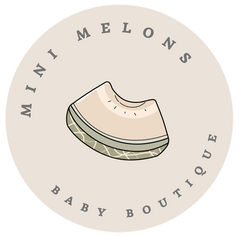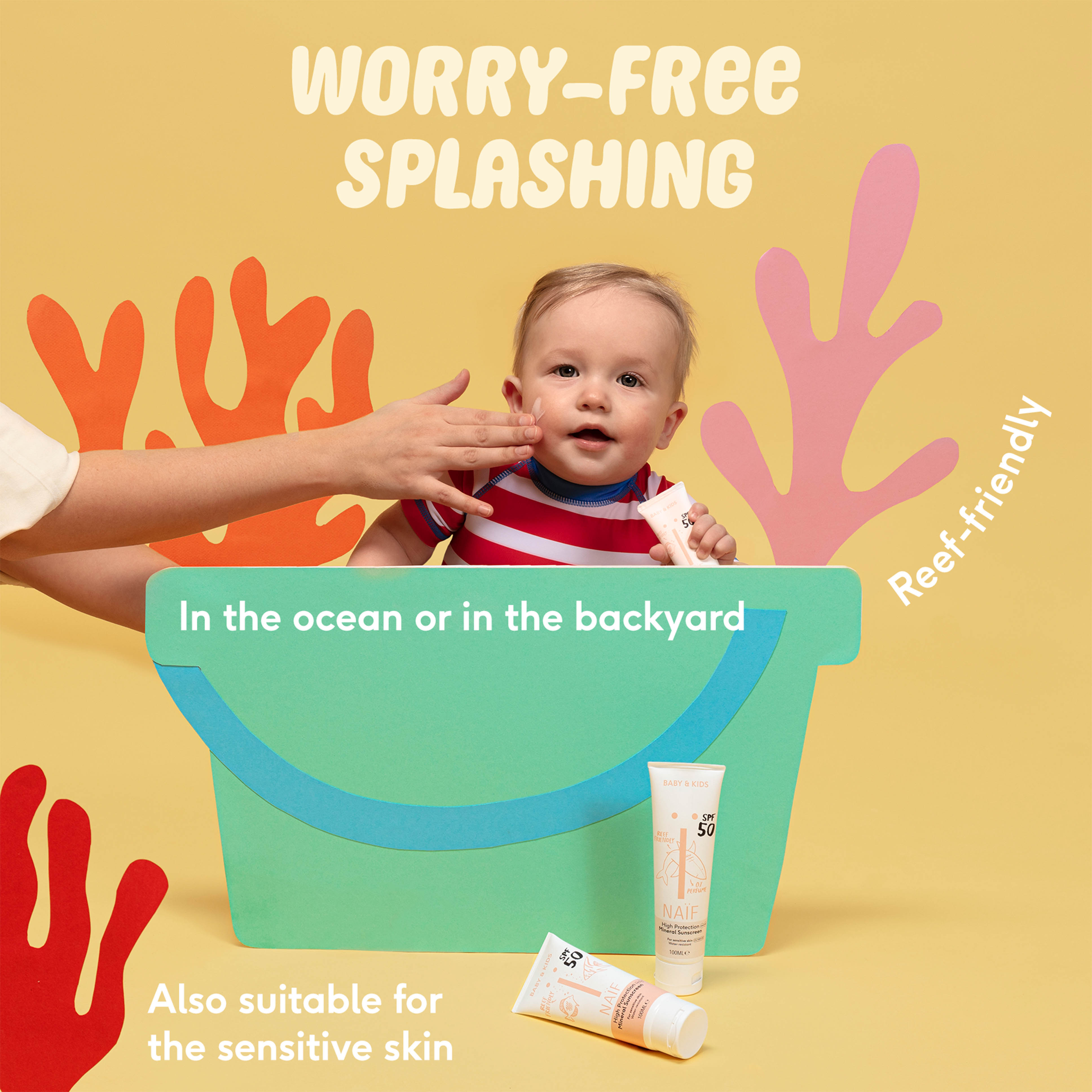When it comes to caring for our little ones, we prioritize their well-being above all else. However, there is a hidden danger lurking in many cosmetics for babies and kids: microplastics. In this post, we will delve into the presence of microplastics in children's cosmetics, understand the potential risks they pose, and explore safer alternatives for our precious little ones.
Understanding Microplastics:
Microplastics are minuscule plastic particles that are intentionally added to many cosmetic products. These particles, typically smaller than 5 millimeters, can be found in various forms, including microbeads, microfibers, or microplastic polymers.
Microplastics in Cosmetics
One place where microplastics can be found is cosmetics. In fact, recent research shows that 87% of products from the ten best-selling cosmetics brands in the Netherlands contains microplastics.
Every minute, over seven kilos of microplastics from cosmetics and personal care products end up in the European environment, according to the European Chemicals Agency (ECHA).
The Use of Microplastics in Children's Cosmetics:
Unfortunately, microplastics can also be commonly found in cosmetics marketed for babies and kids. Some products that may contain microplastics include:- Shampoos and conditioners
- Lotions and creams
- Toothpaste
- Sunscreen
Potential Risks to Children:
Microplastics in children's cosmetics pose several potential risks:- Ingestion: Young children, especially babies, tend to put their hands and toys in their mouths, increasing the likelihood of accidentally ingesting microplastics present on their skin or in bathwater.
- Absorption through the skin: The delicate skin of babies and young children can absorb these tiny particles, potentially causing skin irritation, allergies, or other adverse reactions.
- Researchers can now also confirm the presence of microplastics even already in the placenta and in newborns.
- Environmental impact: When these products are washed off, microplastics can enter the water system, harming aquatic life and contributing to the larger plastic pollution problem.
Safer Alternatives
Fortunately, there are safer alternatives to consider when choosing cosmetics for babies and kids:- Look for "microplastic-free" labels: Opt for products that explicitly state they are free of microplastics or use natural alternatives.
- Choose natural and organic options: Select cosmetics made from natural, plant-based ingredients that are gentle on sensitive skin and free from synthetic additives.

